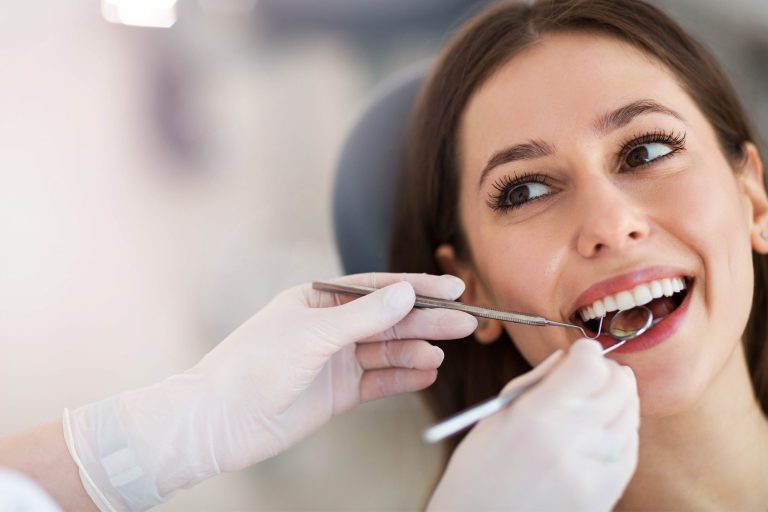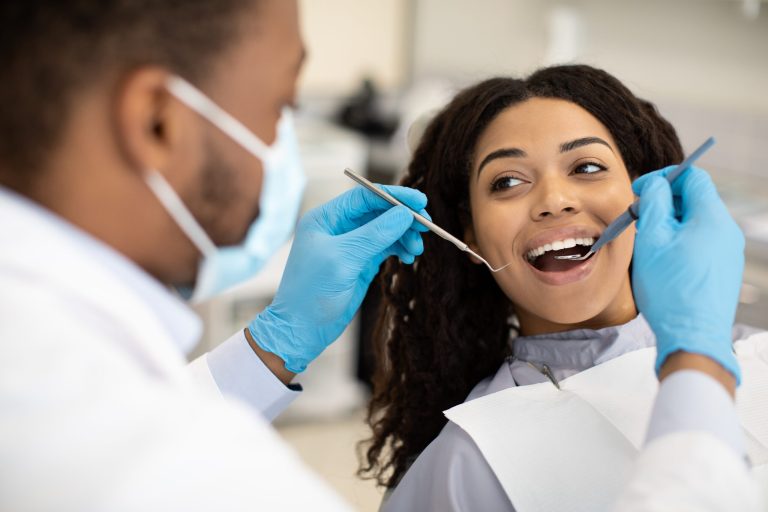The worlds of medicine and technology continue to merge. New life-saving technology is touching almost every part of the healthcare industry, including dental health. The newest thing to hit the dentistry field is 3D printing. There are hopes that 3D printing may at some point, be able to replicate organs, which is miraculous. What it is doing to revolutionize dentistry is just as amazing.
A new Dutch researching firm is working on technology at the University of Groningen that will allow for the printing of a 3D tooth made from antimicrobial plastic. The advantage of the antimicrobial plastic tooth is that it will have the ability to stave off tooth decay by immediately killing the bacteria responsible for it.
What is a 3D printed tooth?
The 3D printed tooth is revolutionary because it can not only help to prevent tooth decay, but it also keeps the patient’s teeth white without ever staining or showing signs of damage or defect. Although having an artificial tooth inside your mouth may not sound ideal, the thought that in the future, you might not have to worry about staining, decay, or imperfection in teeth, is a very big advantage if used in the right manner.
It wasn’t an easy task. The Dutch researchers not only had to develop a way to have the tooth printed in 3D, but they also had to determine which materials to use to make them resilient and resistant to the things that make regular teeth vulnerable.
The researchers creatively used an antimicrobial quaternary ammonium base that was embedded into resin polymer dental material. Once printed by the 3D printer, the mix was put under ultraviolet light to harden, and eventually the artificial tooth was created.
To ensure that the material could hold up to conditions within the mouth, researchers subjected the artificially-printed tooth to human saliva and the same bacterial conditions that cause tooth decay in the human mouth. The newly-created artificial tooth not only held up to the harsh conditions, but it also killed nearly 100% of the bacteria that the mouth can contain. It also showed no harm to any human cells surrounding the artificial tooth.

Although it sounds perfect, there are still problems with the practical application of the newly-printed tooth. First, it has never been tested in a human participant, so long-term effects of exposure in real life are not yet known. Second, it has not been tested in relation to things like tooth brushing and toothpaste. However, a devil’s advocate would argue that if it is impervious to tooth decay, the need for brushing and toothpaste may be obsolete anyway.
Developers of the new printed tooth insist that although there may be hurdles to the new technology’s application, it is a much better alternative to developing drugs to prevent tooth decay. And more importantly, the science is already there and almost available.
Other 3D dental printer’s capabilities
It isn’t just the tooth that is being tackled by 3D printing. High-end dental printers are already working on things like recreating gums, nerves, and teeth to create the most lifelike models for dental specialists to use. Mimicking not just the appearance, the Objet260 Dental Selection is capable of making models that feel like real human gums and have a natural feel that was nothing short of a science fiction story, until the last several years.
3D printers are already allowing dental specialists to make models of complicated dental procedures in a way that is taking the dental industry farther than any other technology in the past century.
On the horizon, it’s believed that a printer can be produced to replace and replicate a lost tooth while you wait in the office of a emergency dental clinic. Taking only ten minutes, the standard process of tooth repair and replacement would be overhauled. 3D printers are the hope of the future for human body parts.
It just makes sense that it would be a useful tool for the dental industry as well. The technology continues to improve both in quality and efficiency. With each new 3D printing model, the possibility of revolutionizing the medical and dental world is not just a theory but a reality that is not a matter of if; but when.
Dental 3D printers have the potential to do away with tooth decay and to fix the most complex of dental issues with ease. Slated as one of the biggest advancements of this century, the possibilities for medical 3D printing are endless for both the dental and medical worlds.

















